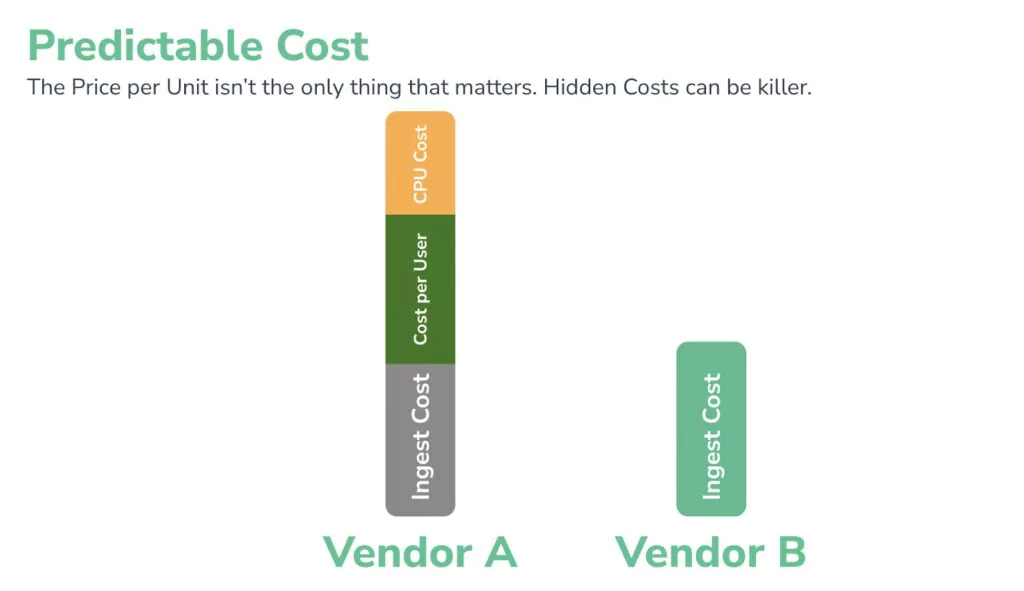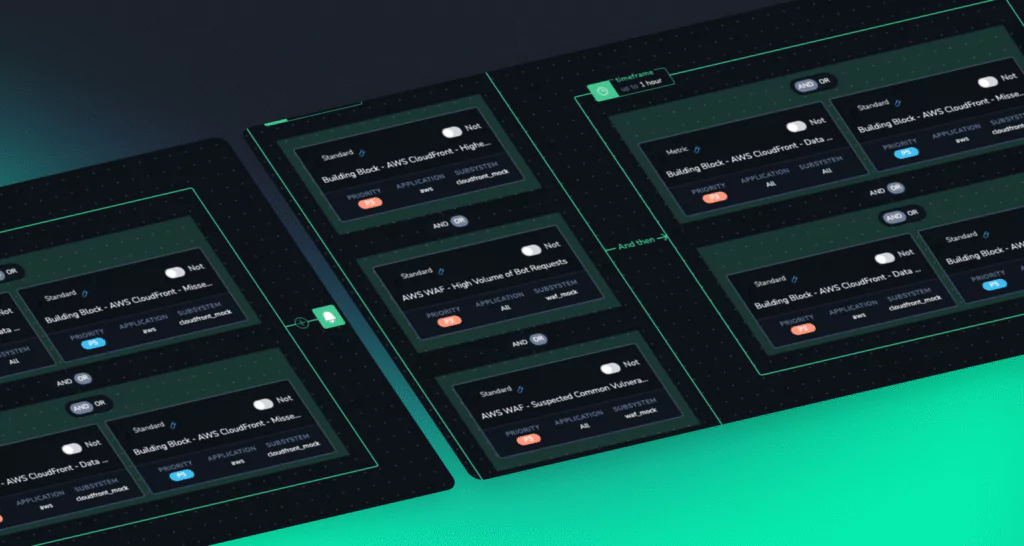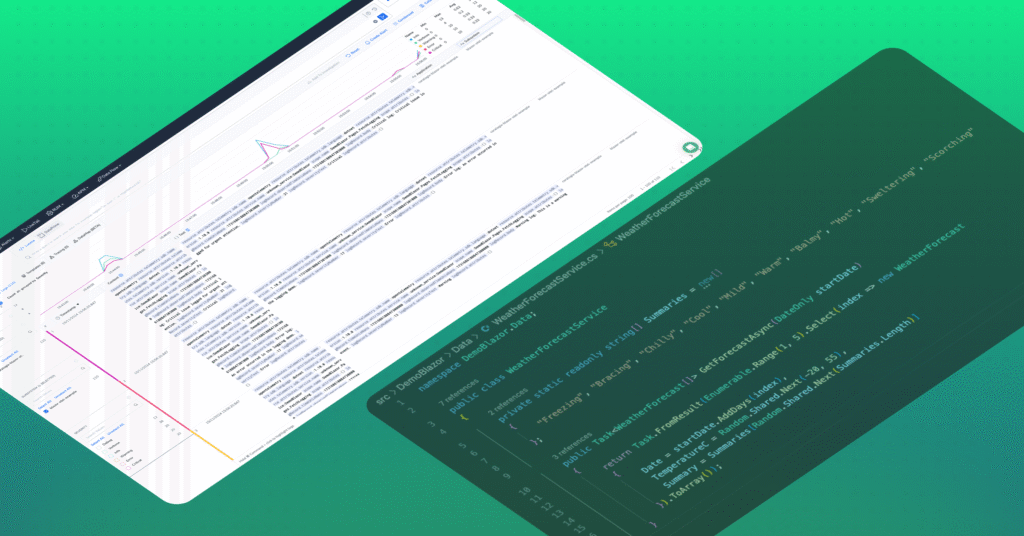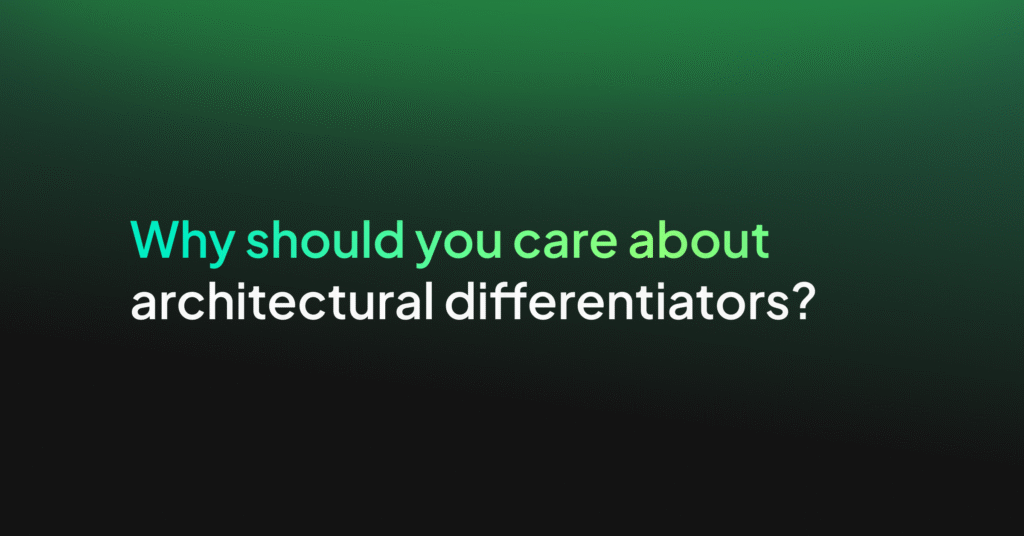Sumo Logic Flex Pricing: Is usage pricing a good idea?

When discussing observability pricing models, there are three dimensions that must be considered
- Cost per Unit – The basic amount that it costs to ingest and retain data, e.g. $0.17 per GB of logs
- Cost Transparency – The hidden costs, for example, cost per user, overages, CPU cost and more.
- Cost Predictability – How accurately one can budget for a solution.
The first, Cost per Unit, is an easy-to-understand metric, but in practice it is often overshadowed by a lack of transparency and predictability for other costs. The question is simple: how does a usage based pricing model impact these variables?

The Sumo Logic Announcement – Flex Pricing
Sumo Logic announced a new pricing model, named Flex Pricing, whereby users can ingest as much data as they like into the platform. The cost comes in when the user actually queries the data. This means, Sumo Logic argues, that customers are able to pay only for the value they get, thereby maximizing ROI. But is this the case?
Read the fine print
There are some important details for Flex Pricing that are not immediately obvious.
It’s not available for existing customers. Only new customers can currently make use of the flex pricing model. For existing customers, they are stuck with the previous, more complex approach.
It is priced by scan volume, not valuable data. A query can scan multiple terabytes of logs, before returning only a small portion of valuable information. Sumo Logic will charge for all of those terabytes scanned, which only becomes a bigger problem as customers ingest more data.
You’re still paying for retention. While the headlines indicate you’re no longer paying for data, you are. Flex pricing comes with retention costs because data is held within Sumo Logic.
Is Sumo weighing you down?
Check out Coralogix for full-stack observability at 70% less
Usage based pricing negatively impacts predictability, transparency and actual cost
The obvious benefit of a usage based pricing model is the elimination of unit cost because you only pay for what you use. This is similar to AWS on-demand pricing where you don’t commit to a unit of 1 or more years, but rather pay as you go (or pay as you use). Flex Pricing, however, is not a true usage based pricing model, because customers are still paying for retention. The cost of this retention is not made clear on Sumo Logic’s website. This fact is buried in the FAQs, raising serious concerns about the transparency of this model.
By Sumo Logic’s own admission, sizing is complex enough to require a specialist, so predictability suffers heavily here. The conclusion is simple. This is a cost that is almost entirely impossible to budget for and can result in fluctuating spend.
What does Sumo Logic Flex Pricing Incentivize?
Users are able to ingest as much data as they want, within reason. They’re still paying for retention, so the argument that this is unlimited is dubious. Users are also not paying per query, they’re paying per scan. Scans almost always include more data that the user intended. However, this problem only compounds when the user is ingesting everything they possibly can.
This means that there is a clear relationship between volume ingested and scan volume.
In the short term, customers are discouraged from running too many queries, or freely exploring their data. In the long term, they may also be discouraged from ingesting too much data, for fear of spiking scan volumes and, therefore, costs. This is a dangerous precedent to set.
How does Coralogix Pricing Differ?
Coralogix does not believe in charging to access your data. We are the only platform that offers its customers true cost optimization, by tailoring unit costs to their use case, using our TCO Optimizer. Once data has been ingested into Coralogix, users can access their data as often as they like, as much as they want, with no fear of additional costs. Queries can be as broad or as complex as the user needs.
Coralogix offers an extremely competitive unit cost, coupled with the most predictable and transparent pricing model on the market.
Budgeting for Coralogix is easy, because it’s based on data ingested and retained, that’s it. No per user, per host or per query costs, or anything else. This includes archived data, which can be accessed in seconds, with no cost per query, and no dependency on reindexing.
What does the Coralogix Pricing Model incentivize?
Coralogix encourages users to ingest all of their data, but choose the appropriate data pipeline, and reap the benefits. Customers can enjoy ingestion costs as low as $0.15 per GB for logs and traces and $0.05 per GB for metrics. Once the data is in, querying, dashboarding, alerting and any other analysis is free.
This encourages users to make the most out of every byte of their data, and use the platform freely. Coralogix incentivizes maximum insight generation for minimum cost.
Is Sumo weighing you down?
Check out Coralogix for full-stack observability at 70% less
How does our support compare?
Sumo Logic includes “Enterprise 24/7 P1” support for all Flex customers. This translates to 1 hour response times for only the most vital issues. For less important issues, the response time increases up to 2 days.
Coralogix offers global median response times of 19 seconds, with no bots, prioritization, tiering or premium support packages.
Coralogix support is an order of magnitude faster than even Sumo Logic’s “Premium” support package, which offers a P1 response time of 30 minutes, almost 100x slower than Coralogix median response time.
Flex by name. Brittle by nature.
On the surface, Flex pricing appears to be a radical approach to observability pricing. In fact, when assessing the behavior it incentivizes, the cost implications of scan queries and the average support offering, it is more complex, impossible to predict and laden with caveats and exceptions that only make the task of managing observability costs more difficult.
If you’re sick of the fine print, check out Coralogix. We keep our pricing simple, our features rich and our customers super happy.




